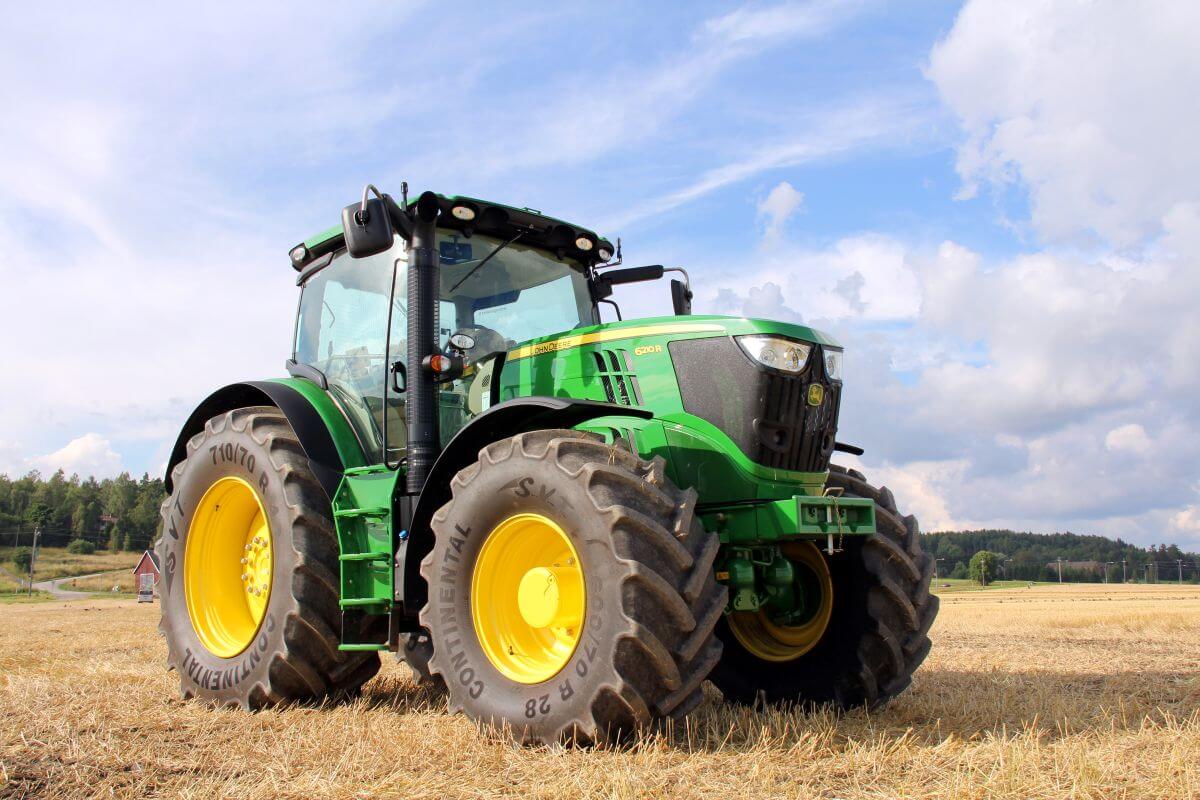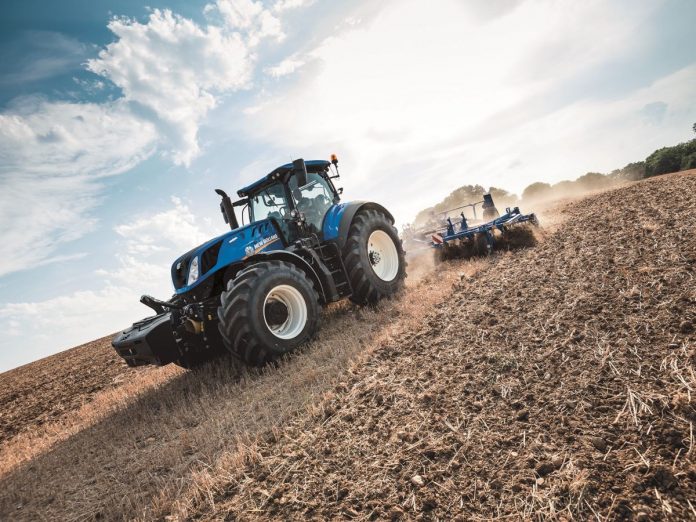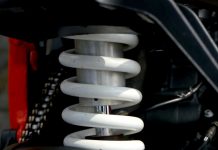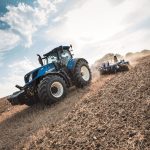Tractor bearings play a crucial role in the smooth operation of agricultural machinery. From reducing friction to supporting rotational movements, they are fundamental to the functionality of key components such as the drivetrain, wheels, and PTO shafts.
Identifying the right time to replace these bearings is essential to prevent costly repairs, minimise downtime, and ensure sustainable farming practices.
This guide outlines the signs of bearing wear, preventative maintenance tips, and the steps to take when replacement becomes necessary.
Understanding Tractor Bearings
Bearings in tractors are designed to support moving parts by reducing friction and facilitating smooth operations. Common types include ball bearings, roller bearings, and tapered roller bearings, each serving specific purposes in different tractor components. Their durability is crucial for handling the demanding conditions of farming, including heavy loads and exposure to dirt and moisture.
Signs Indicating Bearing Wear or Failure
Timely recognition of bearing issues can save both time and money. Here are the key indicators:
Unusual Noises
Grinding, squealing, or clicking sounds often point to worn or damaged bearings.
Increased Vibration
Excessive vibrations during operation could signal misaligned or deteriorated bearings.
Overheating
Heat build-up near the bearing area may indicate friction due to inadequate lubrication or wear.
Visible Wear
Signs such as corrosion, scoring, or misalignment should not be ignored.
Operational Issues
Reduced efficiency or poor performance can often be traced back to faulty bearings.

Common Causes of Bearing Wear and Failure
Understanding the root causes of bearing damage can help prevent premature failure:
- Inadequate Lubrication: Insufficient or incorrect lubrication increases friction and accelerates wear.
- Contamination: Dirt, water, and debris can infiltrate bearings, leading to corrosion and damage.
- Excessive Loads: Overloading places undue stress on bearings, shortening their lifespan.
- Improper Installation: Misalignment or incorrect fitting can lead to uneven wear and early failure.
Steps for Diagnosing Bearing Problems
Diagnosing bearing issues requires a systematic approach:
Visual Inspection
Look for visible damage, rust, or irregularities during routine checks.
Use of Diagnostic Tools
Tools such as infrared thermometers or vibration analysers can identify early signs of failure.
Test Runs
Light-load operations can reveal operational inefficiencies or noise caused by faulty bearings.
Preventative Maintenance for Bearings
Regular maintenance can significantly extend the life of a tractor bearing:
Routine Lubrication
Use the correct type and quantity of grease or oil for optimal performance.
Cleanliness
Remove dirt and debris using compressed air or clean, dry cloths.
Load Management
Avoid overloading tractor components to reduce stress on bearings.
Proper Installation
Ensure correct alignment and torque during bearing installation.
When to Replace Tractor Bearings
Even with excellent maintenance, bearings have a finite lifespan. Replacement becomes necessary under the following conditions:
Severe Wear or Damage
Bearings with irreparable scoring or corrosion must be replaced immediately.
Inefficiency
Bearings that no longer function optimally despite maintenance should be replaced.
Manufacturer’s Recommendations
Follow service intervals outlined in the tractor manual to ensure timely replacements.
How to Choose Replacement Bearings
Selecting the right bearing is critical for long-term reliability:
- Match the type, size, and specifications to the tractor model.
- Use original equipment manufacturer (OEM) parts whenever possible.
Steps for Replacing Tractor Bearings
Replacing bearings requires precision and care:
Prepare the Area
Ensure the tractor is securely placed on a flat surface, and components are safely disassembled.
Remove the Old Bearing
Use the appropriate tools to extract the worn bearing without damaging surrounding parts.
Install the New Bearing
Align the new bearing correctly and secure it firmly in place.
Test the Equipment
Conduct a trial run to verify the replacement’s effectiveness.
Benefits of Timely Bearing Replacement
Proactive bearing replacement delivers numerous advantages:
Environmental Benefits
Reduces landfill waste and lowers demand for raw materials, supporting sustainability efforts.
Economic Advantages
Minimises costly breakdowns and improves operational efficiency.
Operational Gains
Ensures reliable machinery performance, reducing downtime during critical farming periods.
Conclusion
Recognising the right time to replace tractor bearings is essential for maintaining machinery efficiency and sustainability in agriculture. By staying vigilant for signs of wear, performing regular maintenance, and choosing high-quality replacement parts, farmers can maximise the performance and longevity of their equipment.
Investing time in preventative measures and timely replacements not only saves money but also aligns with sustainable practices, contributing to the long-term health of the agricultural industry. With the right approach, tractor bearings can provide years of reliable service, keeping farms productive and environmentally responsible.








































